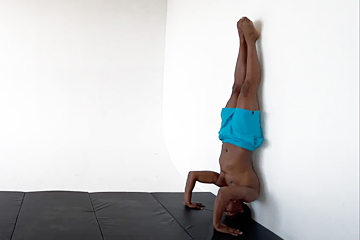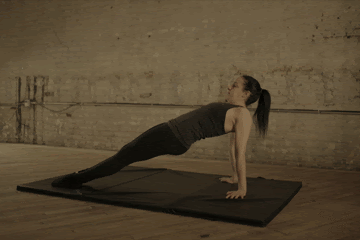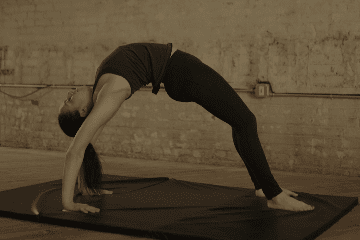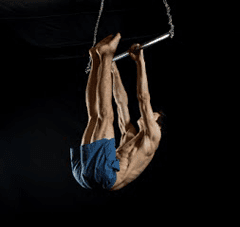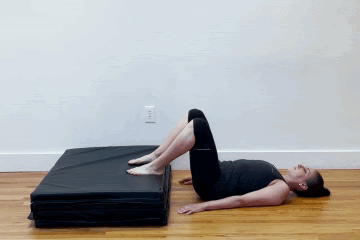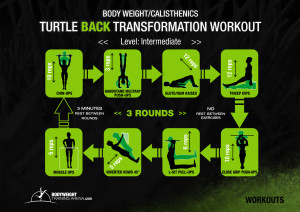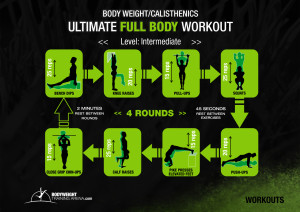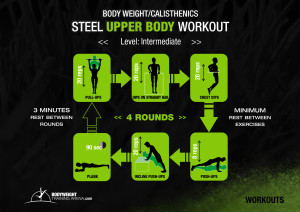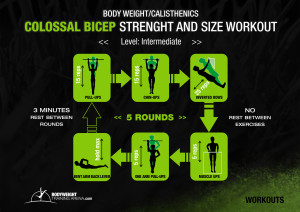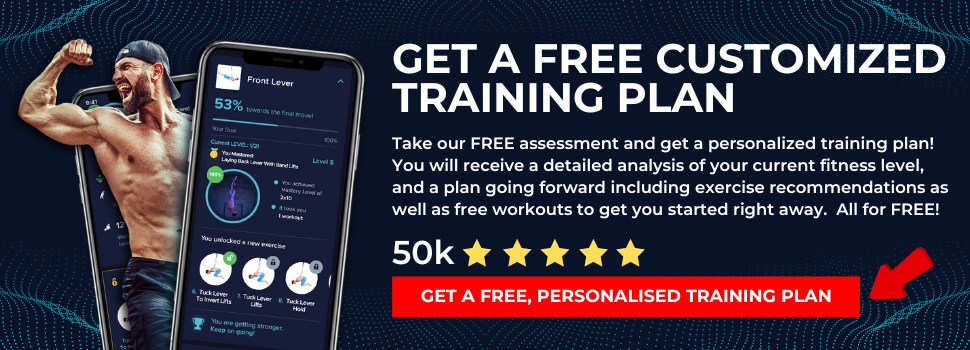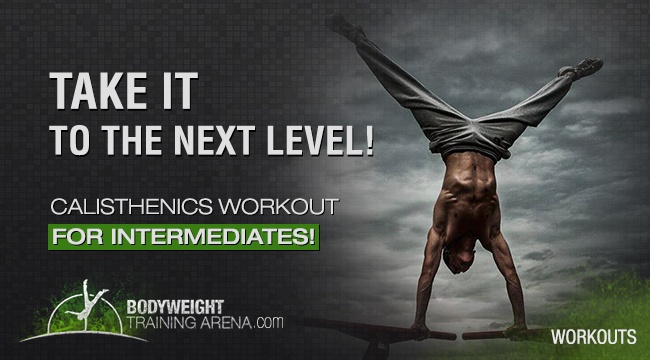
Calisthenics Workout Routine for Intermediates
A unique aspect of calisthenics training is the skills work you can learn to increase strength, muscle, mobility, flexibility and body coordination. Let’s start with intermediate skills, the set you can work on after getting a good baseline of strength and mobility.
These skills require you a good body familiarity because intermediate skills, the topic at hand, demands more proper technique than strength. Also, learning skills at the beginning will give you an awkward feeling because of the strange positions you will have to be in.
Don’t worry. You’ll get it soon enough.
How do you know if you are ready for an intermediate calisthenics workout routine
Other than being cool looking moves, intermediate skills require you a foundation of strength and mobility. You don’t already have to insanely strong to learn these skills, since the progressions (we’re going to talk more of this later) will develop your strength and mobility until you get your dream move down.
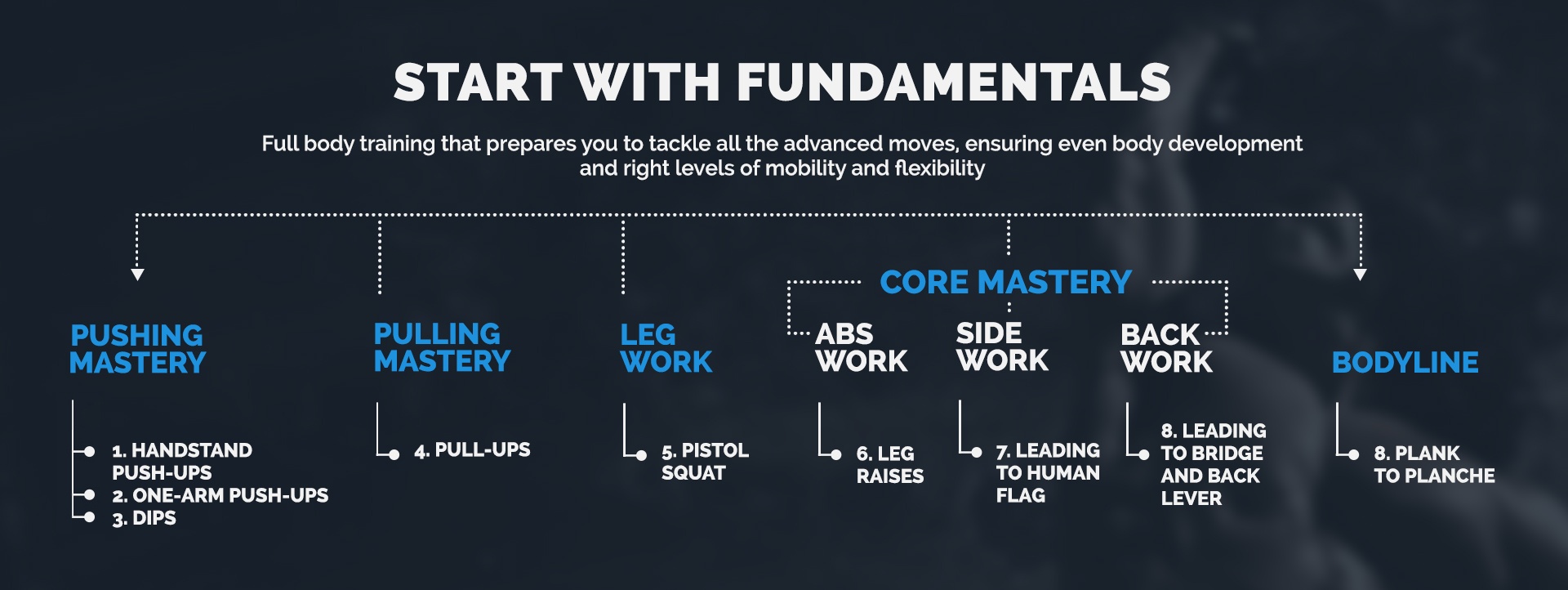
calisthenics training fundamentals
It’s really important that you master the fundamentals before trying to accomplish intermediate moves.
How do you know where you are at? Take our personalised assessment here
Workout Agenda for intermediate calisthenics
A unique aspect of calisthenics training is the set of skills you can learn to increase strength, muscle, mobility, flexibility and body coordination. It is important to start with the intermediate skills, which is the set you can work on after getting a good base line of strength and mobility.
At the Body Weight Training Arena, we will get you started on a great journey for mobility, flexibility and natural powerful strength, and then provide you with the information and resources you will need.
It’s really important that you master the fundamentals before trying to accomplish intermediate calisthenics moves.
Read the highest quality content available! Learn more about powerful and progressive calisthenics!
Intermediate skills set can be learned relatively quickly compared to the advanced skills that take months and years to learn. Still, don’t underestimate these moves and go trying it for the first time. There is still difficulty in these moves.
Take a step back. Understand the progressions, the move and where you are in your fitness journey then start from there.
Below you can see how we organize the skill training within The Movement Athlete Platform. You take personalised assessment so we can see where are you at on the journey. You might have to start with fundamentals or you might have already unlocked advanced skills. These are just examples of skills you will be able to learn as we are constantly adding new skills. Note that fundamentals unlock intermediate and intermediate unlock advanced so its a never-ending journey of physical mastery.
What’s important though is that you don’t need to worry about what do to every day as we use advanced technology to create the most optimal home calisthenics workout for you.
Calisthenics progressions for intermediate calisthenics skills
Progressions are your steps towards getting your goal intermediate skills.
Progressions are the easier versions of the final goal. Each variation is harder than the former to prepare your body to the stress of the main move.
Intermediate skills only require you foundational strength and mobility. Most of your weak points will be trained through the progressions. They will also make you more confident for the feel of the move. Again, these skills will feel awkward at your first try.
Let’s look at the Intermediate skills with their matching progressions.
1. Headstand
When I was trying to figure out this move, it’s surprisingly easy. Like any other move, headstand makes use of a physics concept. You’ll be forming a triangle using your arms/hands and head to perform a headstand. This allows equal distribution among three points and makes you hold the move easier since a triangle is a rigid shape. Just be sure that you’ll train safely. You can still get injured in this move.
a. Tripod hold
b. Wall assisted leg extended forearm headstand
c. Free forearm stand hold
d. Forearm stand straddle
e. Wall assisted tripod headstand tuck
f. Wall assisted one leg extended tripod headstand
g. Free elbow stand hold
h. Elbow stand straddle
i. Wall assisted tripod headstand
j. Free tripod headstand
2. Back plank
This move has more focus on strengthening your posterior chain. Looks easy, but I bet you’ll get cramps when attempting a progression to difficult for you. Take your time and be sure to also work on your shoulder mobility.
a. Crab lifts
b. Crab hold
c. One knee bent back plank
d. Knee tucked single leg back plank
e. Back plank
f. Back elbow tucked plank
g. Back elbow plank
h. Back plank pulses
i. Back plank single leg tucks
j. Back plank kicks
k. Back plank twists
3. Bridges
Bridges are excellent for back strength and mobility. There’s a lot of flexibility component to this move so don’t get discouraged if you can get it on your first try. Don’t skip this move if you’re aiming for an overall balanced healthy body (and that you should be).
a. Elevated wall bridges
b. Elevated bridge rocks
c. Elevated diamond bridge
d. Bridge
4. Hanging leg raises
One of the best ab exercises in the world! If you want a strong core, this exercise should definitely be in your list of ab exercises. Hanging on the bar also makes you less stable, so you should be contracting your whole body throughout the movement to stabilize yourself. Do not use any momentum when performing this move. Don’t cheat yourself just to do the move. It won’t help you grow stronger.
a. Hanging frog raises
b. Hanging straight leg raises
c. Hanging bent leg V raises
d. Hanging straight leg V raises
5. Elevated Bridge
(Bridge Prep) – An easier version of the earlier explained bridge. This move basically prepares you for the bridge itself. The box and wall will be assisting you to lessen the load while you’re not that strong and flexible yet. Just continue the grind and you will get it soon!
a. Box bridge
b. Box bridge against the wall
c. Box bridge rocks
d. Diamond box bridge
e. Diamond box wall bridge
f. Diamond box bridge rock
g. Elevated Bridge
You shouldn’t miss out on these intermediate skills. They continue building your overall fitness while making you look cool. The movement patterns and strength will also prepare you for the more demanding loads of the advanced skills set.
If you’re a complete beginner, I just building up your basic strength with this workout routine. You may also start with the intermediate workout if you already have good basic strength.
Combine this with the intermediate skills training, and you’ll achieve your dream body very soon!
Try these Intermediate calisthenics workout routines
We prepared a few home intermediate calisthenics routines so you can try for yourself. But note that personalised approach is always better and safer.
Click on each to see the details and download workout plans.
Below you can see a variety of intermediate calisthenics routines depending on what you are looking for.
But what if I can’t do some of these exercises?
Get a fully personalised calisthenics training routine just for you.
It’s a problem many of us face. We’re given routines – usually based on a standardized level – beginner, intermediate, advanced. The Movement Athlete used to do that too – because it’s very hard to create a personalized training for each and every person unless we spend a significant amount of time with them.
There was just one problem with this approach (actually there are a lot of problems with it) – it hindered our athletes’ progress. We’ve written extensively on the matter in the blog post, The end of beginner/intermediate/advanced – that is hurting your training.It simply explains why a lack of personalization is hurting your training.
Imagine if some of these exercises above were too hard for you. Your body will try to compensate with a poor form, movement dysfunction and possibly risk injury if it’s too challenging.
If some of these exercises were too easy they wouldn’t challenge your muscles to grow – you’d simply be wasting your time.
This is why we created The Movement Athlete Platform: to offer a fully personalized training program reflecting exactly where your level is for optimal performance.
Take the assessment to see how do you stack up on the 8 fundamental calisthenics moves.
Moreover, intermediate calisthenics skills set can be learned relatively quickly compared to the advanced skills that take months and years to learn. Still, don’t underestimate these moves when trying them for the first time, there is still difficulty in these moves. Understand the progressions, the move and where you are in your fitness journey, and then start from there.
The best calisthenics workout is arranged as such so that each muscle group won’t be as fatigued. Rather, putting push-ups first then bench dips next and pull-ups and chin-ups in the succeeding exercise is a good start.
Our certified coaches have developed a fail-proof assessment to give you an idea of where you stand in the calisthenics game.
Brief history of calisthenics
The word calisthenics comes from the ancient Greek words kalos, which means “beauty” or “beautiful” (to emphasize the aesthetic pleasure that derives from the perfection of the human body), and sthenos, meaning “strength” (great mental strength, courage, strength and determination). It is the art of using one’s body weight as resistance in order to develop physique.
Therefore, not only do calisthenics help you create the body you want, but they help in other areas of fitness too, such as flexibility, cardiovascular and muscular endurance.
While most workouts and physique exercises focus on one or two of these areas, calisthenics enables you to become a well-rounded, healthy individual who can do some cool stuff as well. Simplicity is a good word to describe calisthenics.
What does a workout require?
A proper and progressive workout can be done anywhere and anytime, without any equipment.
Even calisthenics for beginners doesn’t have to involve any additional gear. That’s why we’re going to go over the basic calisthenics exercises:
Grip Push-Up – With this type of activity, you can build mass in the middle part of the triceps. The triceps are set on the back of the upper arm, and they are the base of the shoulder and elbow. Furthermore, they are three times bigger than your biceps, which means you’ll have to work a little bit harder to develop them.
Curls – These exercises will develop your biceps. Bodyweight workouts are a far safer and efficient option for strengthening the show muscles of the body. Lifting weights can sometimes lead to injury in the lower back because of too much swinging or momentum. With calisthenics, that usually doesn’t happen.
Crunch – This is for everyone that wants to develop the perfect abs. However, this is not an easy task. The midsection is the first place where excess body fat is stored, and it’s the hardest body part for toning. Nonetheless, that doesn’t mean you can’t have a fit waistline if you put in the effort, and crunch workouts can help with that mission.
Deep Squats – These are the “go to” exercises if you want to tone your legs with the help of calisthenics. You don’t need weight-based exercises to achieve muscular legs, when you can do that with deep squats, using your own weight.
Calisthenics intermediate workout routines
You may also start with the intermediate workout if you already have good basic strength. Combine this with the intermediate skills training, and you’ll achieve your dream body very soon!
Try these intermediate calisthenics workout routines:
- Turtle-back transformation workout
- Ultimate full-body workout
- Steel upper-body workout
- Colossal bicep strength and size workout
We require routines, which are usually based on a standardized level beginner, intermediate, or advanced. Calisthenics Academy used to do that too, because it’s very hard to create a personalized training for each and every person unless we spend a significant amount of time with him or her.
Imagine if some of these exercises above were too hard for you. Your body will try to compensate with poor form, movement dysfunction and possibly a risk for injury if it’s too challenging. If some of these exercises were too easy, they wouldn’t challenge your muscles to grow, and you’d simply be wasting your time.
This is why we created “The Movement Athlete Platform” to offer a fully personalized training program reflecting exactly where your level is for optimal performance.You will take personalized assessment so we can see where are you at on the journey. You might have to start with fundamentals, or you might have already unlocked advanced skills.
It’s extremely important, especially in calisthenics, to not skip steps. The complexity of skill learning lack in one area will send you right back to the basics. Moreover, it’s really important that you master the fundamentals before trying to accomplish intermediate moves.
There is no magic recipe, just remember that, “You’re only competing with yourself. You are the only one who can tell you that you can’t do it, but you don’t have to listen”!
Start from there, focus on quality rather than quantity, work on your body, and we guarantee you success!
Progressions are your steps towards achieving your goal: intermediate calisthenics skills.
Read the highest quality content available! Learn more about powerful and progressive calisthenics!
Resources:
1. https://bodyweighttrainingarena.com/
2. https://en.wikipedia.org/wiki/Calisthenics
3. https://www.stylecraze.com/articles/effective-calisthenics-exercises-to-strengthen-and-build-muscles/
4. https://bodyweighttrainingarena.com/intermediate-calisthenics-workout-routine/


